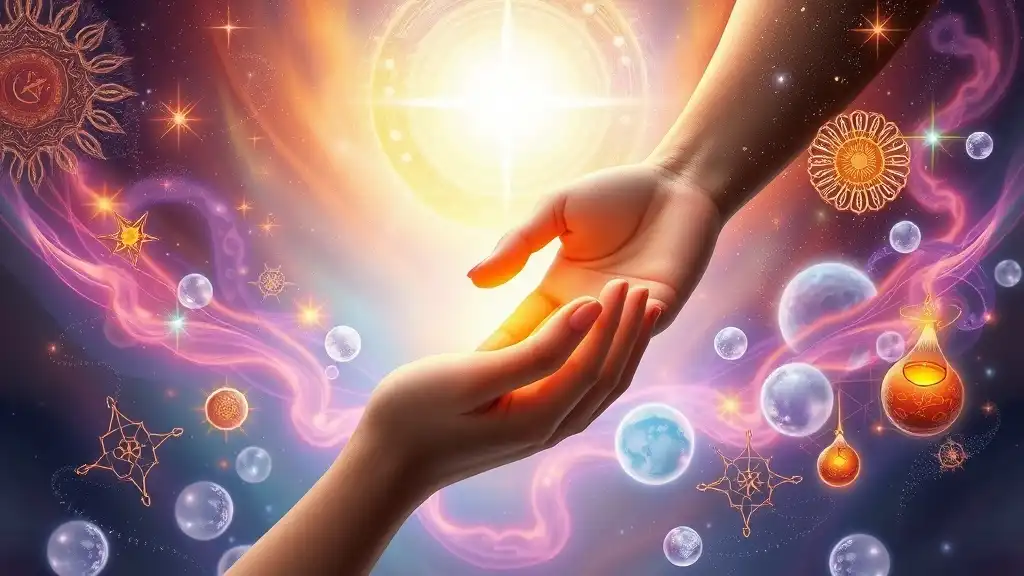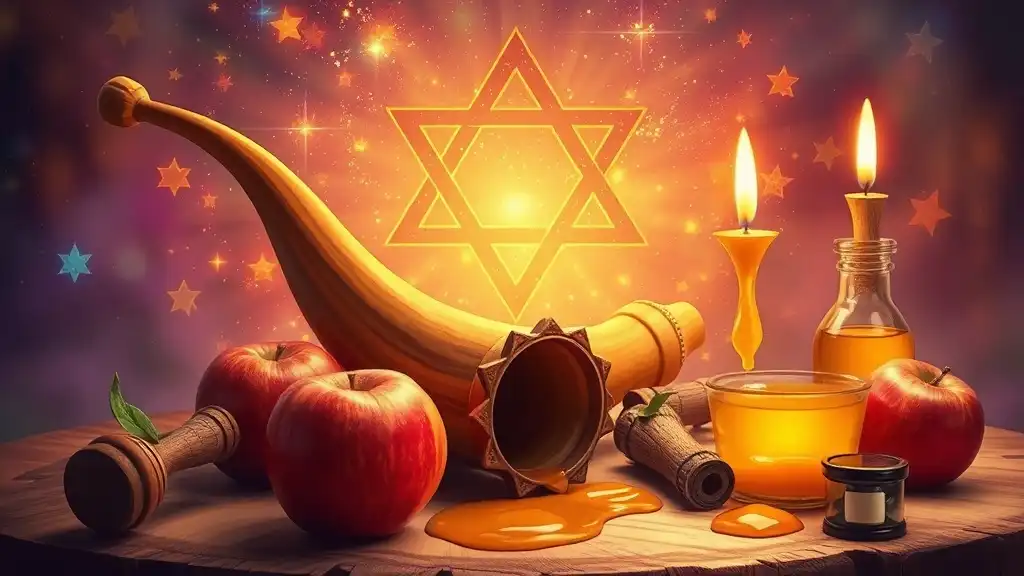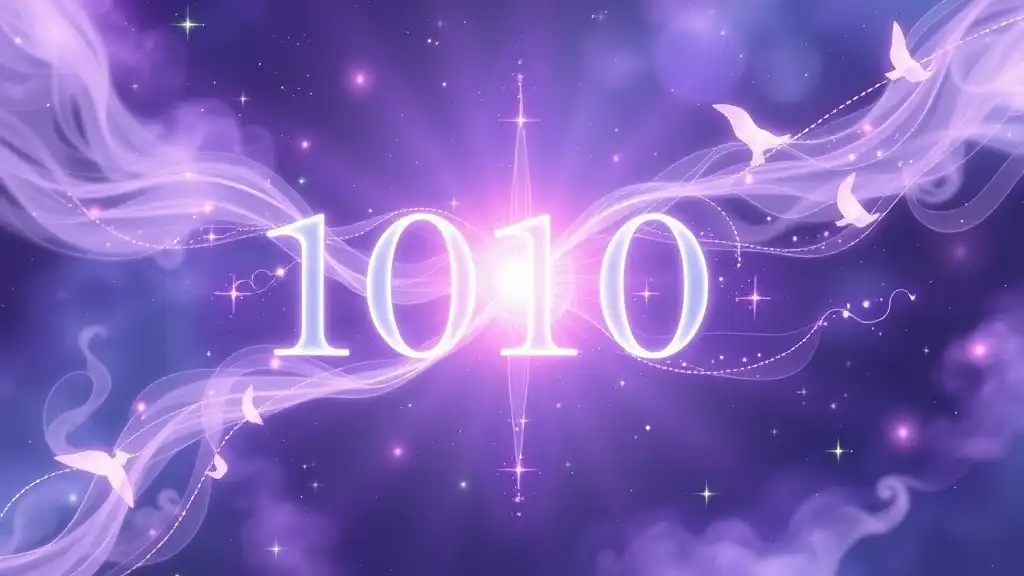Rosh Hashanah, often referred to as the Jewish New Year, is a time imbued with profound spiritual significance and rich traditions. This holiday marks not only the beginning of a new year in the Jewish calendar, but it also serves as an opportunity for deep personal reflection, communal connection, and renewal of one's spirit.
Understanding Rosh Hashanah
Historical Background
Originally established over 3,000 years ago, Rosh Hashanah has its roots in Jewish scripture. The holiday is mentioned in the Torah and has been observed as a special time for prayer and reflection. Traditionally, the observance includes various rituals designed to enhance the spiritual experience, such as attending synagogue services and engaging in festive meals. These customs serve to remind us of our spiritual duties and moral compass as we embark on a new year.
The Jewish New Year
Rosh Hashanah is unique among New Year celebrations globally. While many cultures celebrate the turning of a year with festivities and fireworks, Rosh Hashanah invites Jews worldwide to engage in a solemn yet hopeful introspection. This time on the Hebrew calendar invites reflection not merely on personal achievements, but on one’s relationship with God, community, and oneself. It sets the stage for the Days of Awe, culminating in Yom Kippur, the Day of Atonement.

Spiritual Themes of Rosh Hashanah
Renewal and Rebirth
At the heart of Rosh Hashanah lies the powerful concept of renewal. This idea encourages individuals to consider their past year — their accomplishments, regrets, and lessons learned — and to envision how they will grow in the coming year. One of the most significant symbols of this renewal is the sound of the shofar, a ram's horn traditionally blown during the holiday. Its piercing sound serves as a wake-up call, reminding us to reflect on our lives and aspirations.
Reflection and Repentance
Self-reflection is crucial during Rosh Hashanah. This period urges individuals to take time to engage in meaningful self-assessment. The ritual of Tashlich, which involves casting off sins by throwing breadcrumbs into flowing water, epitomizes the act of letting go, allowing for new beginnings. This practice highlights the importance of acknowledging one's shortcomings and making amends, not only with God but also with those around us.
Forgiveness and At-Oneness
The act of forgiveness during this time is not just limited to seeking it from others but also extends to the often challenging journey of forgiving oneself. It is essential to understand that achieving at-oneness with oneself and one's community is part of the spiritual process of Rosh Hashanah. This festival encourages individuals to mend broken relationships and foster a sense of unity.

Symbols of Rosh Hashanah
The Shofar
The shofar’s blast is one of the most recognizable elements of Rosh Hashanah. Its sound calls people to awaken their spirits and reflect on their actions. The vibrations produced by the shofar are a potent reminder of the divine. Each blast can symbolize different emotions and intentions, ranging from joy to sorrow, beckoning us to engage entirely with our spiritual selves during this time of reflection.
Apples and Honey
A beloved tradition during Rosh Hashanah includes eating apples and honey. This simple act carries profound symbolism, representing the desire for a sweet year ahead. The apple evokes the notion of renewal and fresh beginnings, embodying the hope that we carry for the new year as we dip it in honey, making a tangible wish for sweetness in our lives.
The Pomegranate
The pomegranate emerges as a significant symbol in Rosh Hashanah celebrations. Often associated with the abundance of good deeds, it is said to contain 613 seeds, corresponding to the mitzvot (commandments) that Jews are encouraged to follow. The pomegranate thus serves as a reminder of righteousness and our duty to strive for moral and spiritual excellence in the year to come.

Spiritual Practices for Rosh Hashanah
Personal Reflection
Engaging in personal reflection is vital during this auspicious time. Individuals can create a journal to document their thoughts, feelings, and aspirations for the upcoming year. It's essential to contemplate both successes and failures while setting intentions for growth. Prayer, meditation, and quiet moments of introspection can help deepen this process.
Community Involvement
Participation in community is another powerful aspect of Rosh Hashanah. Engaging in communal prayers, sharing festive meals, and performing charitable acts strengthens the bonds that connect us. This year, consider joining a local community gathering or reaching out to loved ones to share in the joy of the New Year, fostering a sense of unity and collective hope.
Prayer and Meditation
Prayer takes on an extraordinary meaning during the High Holy Days. Recognizing the sacredness of this time leads individuals to engage in heartfelt prayers, seeking connection with the divine. Taking moments for meditation can help cultivate inner peace and spiritual clarity. This practice invites an authentic connection to the essence of Rosh Hashanah, allowing for both personal and communal growth.

Conclusion
Rosh Hashanah embodies the profound spirit of renewal and awakening. It presents a unique opportunity for introspection, forgiveness, and communal connection. As this special time approaches, individuals are invited to embrace the journey of self-discovery and authenticity that Rosh Hashanah offers. By engaging deeply with its traditions and themes, we can each step into the new year with hope, resilience, and a reinvigorated spirit.

Call to Action
As you reflect on the spiritual significance of Rosh Hashanah, consider sharing your personal experiences with friends and family. Engaging in conversations about your reflections can deepen connections and enhance understanding. For further reading and resources, explore books, articles, and courses that delve into the spiritual and historical aspects of this sacred holiday. Embrace Rosh Hashanah fully — it’s a time to renew, reflect, and rejoice in the promise of the new year.














